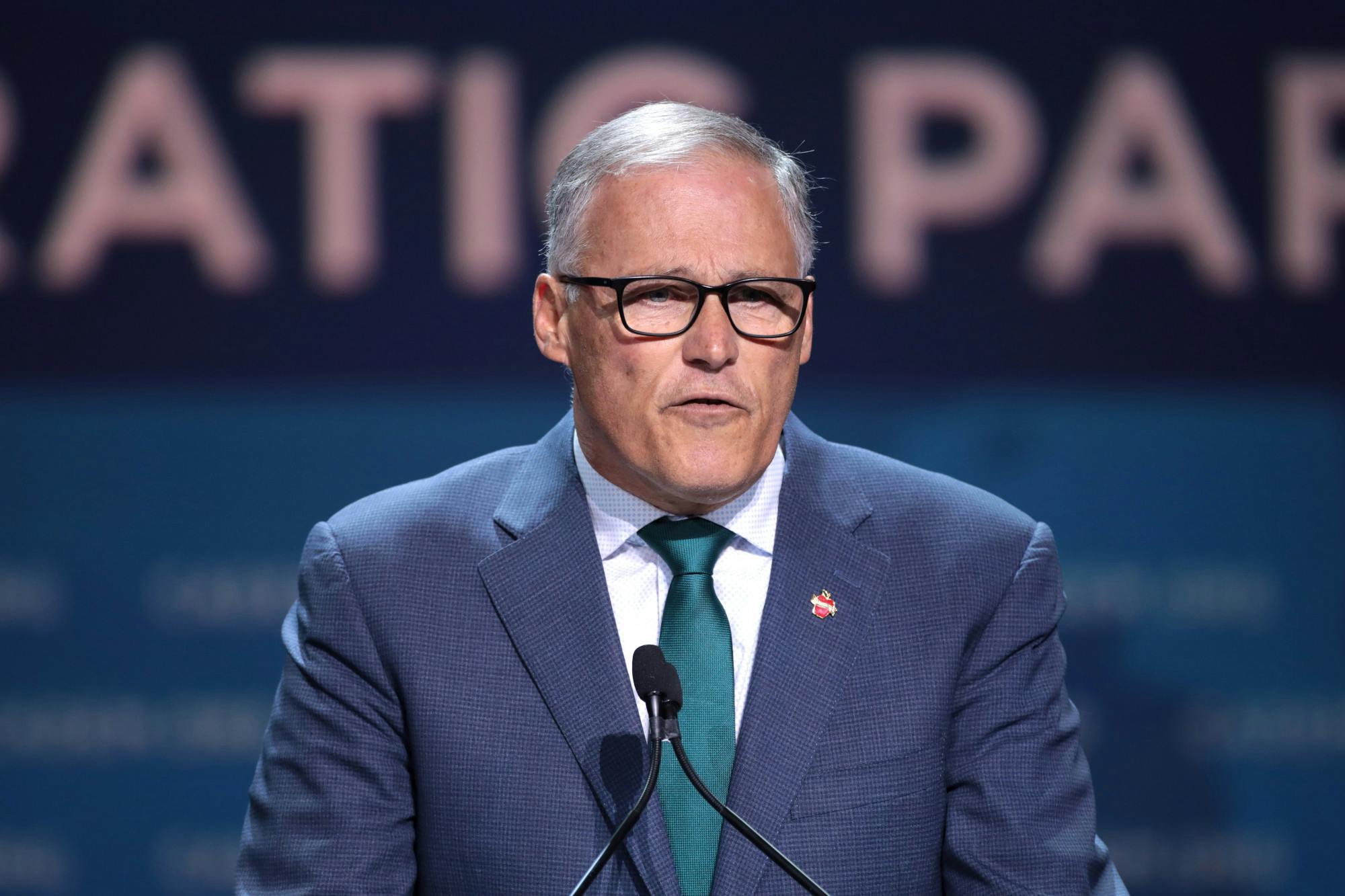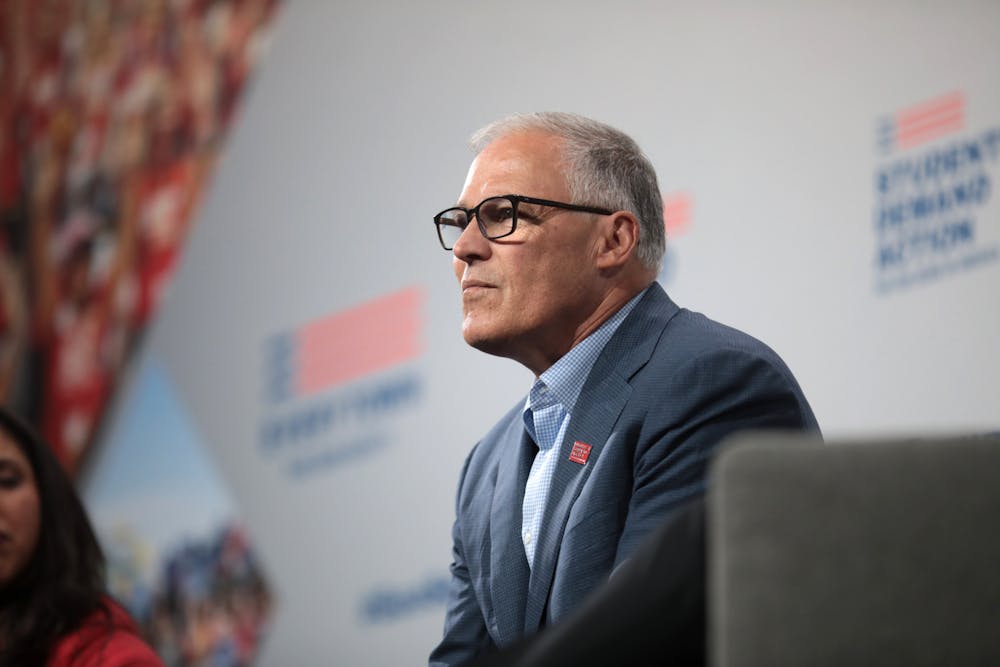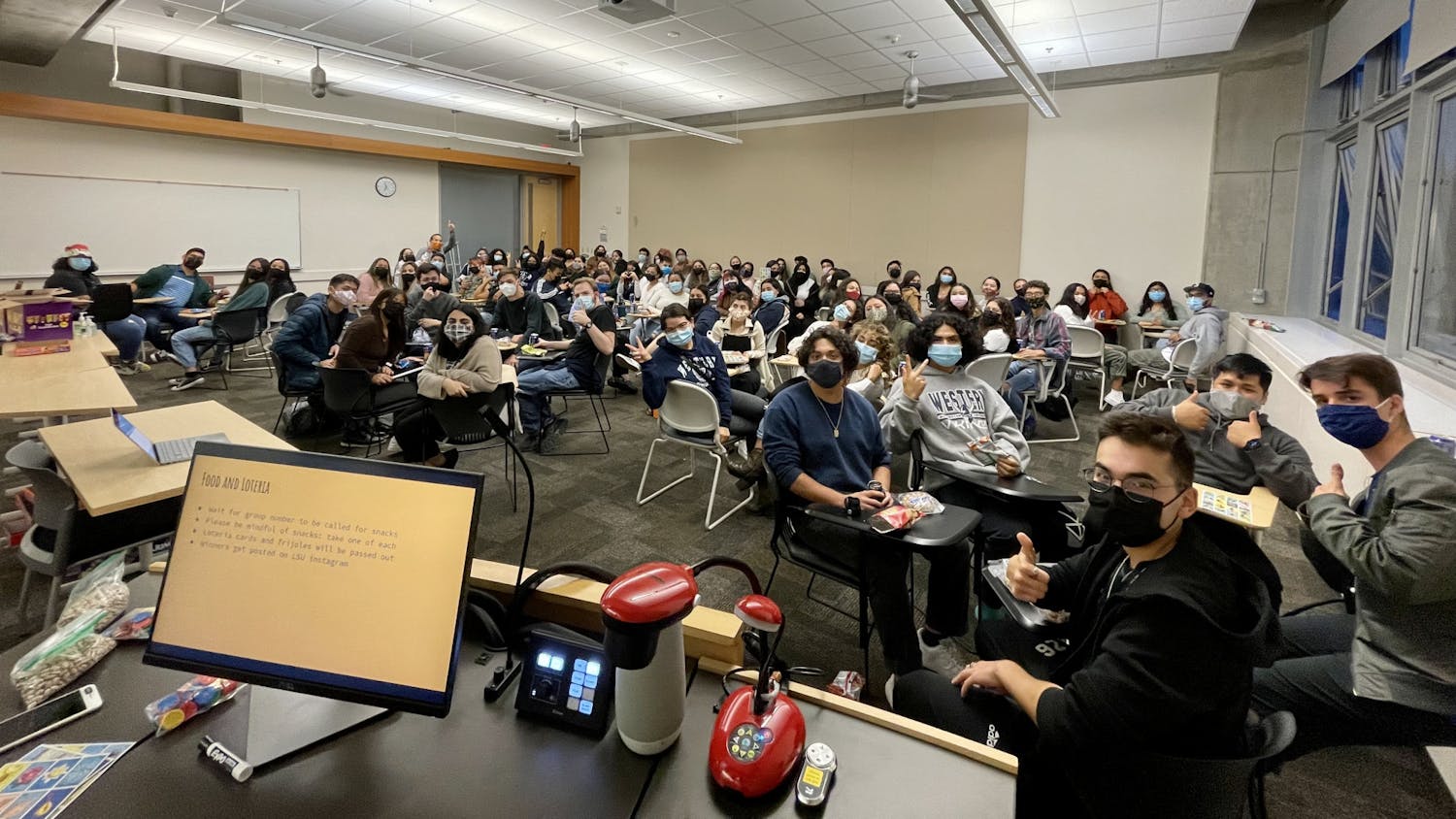States across the nation have begun removing their mask mandates in varying severity over the last few weeks and our own Washington State will do the same come March.
And while some are asking why the end to mandates didn’t come earlier, the real question is “haven’t we learned our lesson?”
During the summer of 2021, some local places around the country enjoyed about three or four weeks of maskless living — and then the delta variant came crashing down on the nation, forcing masks to make a return.
It seems as if we are once again falling for the idea that the pandemic is over. COVID-19 cases have fallen, people are getting vaccinated and we take a leap of faith to the finish line only to slip and fall. The only problem is, it’s uncertain how many more times we can get back up and keep running.
“You wouldn’t jump off of a roller coaster when it is still halfway up the hill, you would wait until it is completely at the bottom,” said Katherine Fenstermacher, Research Associate at the Emergency Medicine Department at Johns Hopkins University School of Medicine.
Since the beginning of the pandemic, Fenstermacher and her colleagues have learned much about the virus itself, but she said anything can still happen.
“Masks are really important for controlling the spread of omicron because even if data shows a new variant is less lethal but it is infecting more people or different groups, people are still going to be dying,” Fenstermacher said.
While she made it clear that she doesn’t advocate for wearing masks for the rest of our lives, Fenstermacher said rolling back restrictions on masking is troubling.
“I’m concerned about the current movement to remove indoor mask requirements, and I’m not commenting on any specific place, but my concern as a virologist is that it may be premature,” Fenstermacher said.
Of course, the major political question of this pandemic has been whether science can convince people that COVID-19 precautions are saving lives and not destroying their freedoms.
But Fenstermacher said we can be granular with masks, situationally aware of when they are needed. She said the Centers for Disease Control’s county-by-county infection rate data is a great way to know if you should be more mask-conscious or not.
But generally, wearing a mask indoors decreases your chances of getting COVID-19. In fact, wearing a surgical mask indoors makes you 66% less likely to test positive, whereas an N95/KN95 respirator gives you 86% odds of avoiding the virus indoors, according to the CDC.
This data is only relevant because the virus is still here. On Feb. 16, 2022, 2,850 people died of COVID-19 in America, and the global death toll rate remains within reach of 6,000,000, according to Our World In Data.
Paul Pottinger M.D., professor of infectious diseases at the University of Washington School of Medicine, shared Fenstermacher’s concerns about the nationwide movement to remove indoor mask mandates.
“To me, it is too soon to take off the masks when we are indoors with strangers,” Pottinger said. “If you’re indoors with strangers, you may very well still be exposed to the virus.”
Pottinger made it clear that vaccines and masks are working, but even though the numbers look promising, they may not be good enough just yet.
“The number of hospitalizations and new infections is decreasing, but it's not zero,” Pottinger said. “I want to see that number be extremely low and sustained at an extremely low level before the masks come off.”
He noted that he believes another wave of cases will come eventually, regardless of the mask mandates, but that face coverings still remain an important personal and public safety measure.
Amid these concerns, those working in the governor’s office have been busy managing the response to Gov. Inslee’s announcements.
And there may be no one busier than Mike Faulk, Deputy Communications Director and Press Secretary for the Office of Gov. Jay Inslee, who said the pandemic has been a learning opportunity for moving forward.
“We have learned plenty over the last two years on curbing infections, and we should keep putting those tools to use until we can reach an endemic situation,” Faulk said. “There are projections that this is where we are headed, but we certainly aren’t out of the pandemic phase yet.”
Faulk, in concurrence with Inslee’s statement on Feb. 17, said most mask mandates will end on Mar. 21, 2022.
According to Gov. Inslee’s press conference, this includes the mask mandates for schools and public indoor spaces.
“We think that’s a very important step in the next part of our journey to normalcy,” Inslee said.
The governor cited a hospitalization prediction graph provided by the Department of Health that projects a significant decrease in hospitalizations and assumes that by mid-March, daily admissions will be low enough to maintain the integrity of the state’s hospitals.
But predictions are not hard data, sadly. Bellingham residents like Ian Smith are concerned that we are destined to repeat our previous pandemic mistakes.
“Removing mask mandates seems premature,” Smith said. “Just waiting until the next wave comes to reinstate it purposefully puts us behind the curve.”

Smith is also a first-year student at Western, meaning he is invested in getting the college experience he paid for.
“I think Western really needs to take a moment to balance the educational needs of the student with health needs,” Smith said. “It would be wonderful to see the school focus on masking habits and resources put towards quality masks, just because we can not continue sacrificing learning in a quality environment.”
The past two years of our lives have shown that we can be everything but certain as to when and where the virus will hit next. So, let’s hope that the governor is right and the health care professionals are wrong.
Max Larsen (he/him) is a third year News Editorial major and opinion reporter for The Front. He enjoys writing just as well as cars and old music. You can contact him at maxlarsen.thefront@gmail.com






